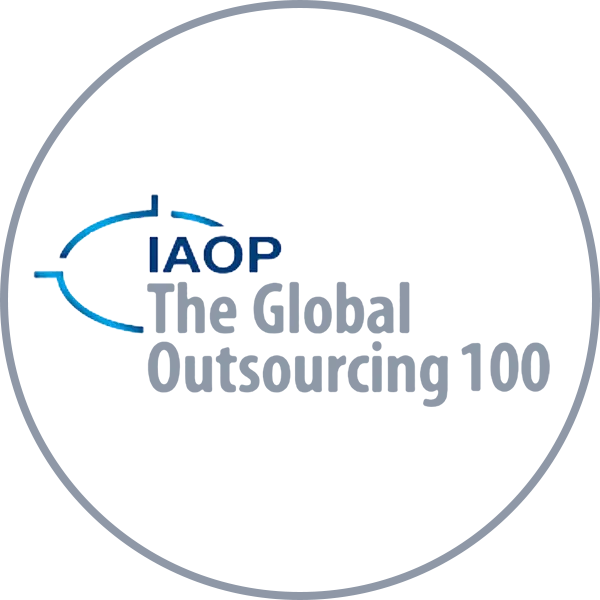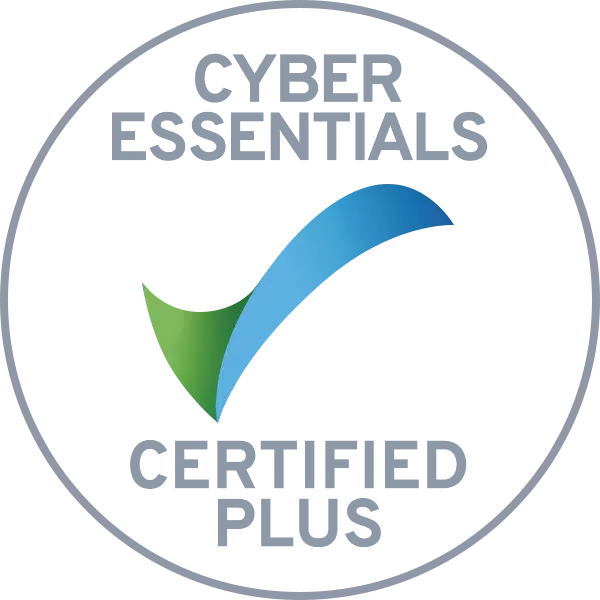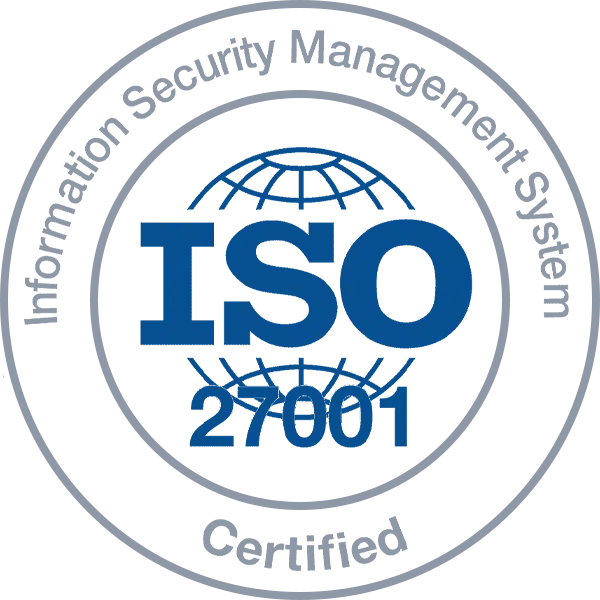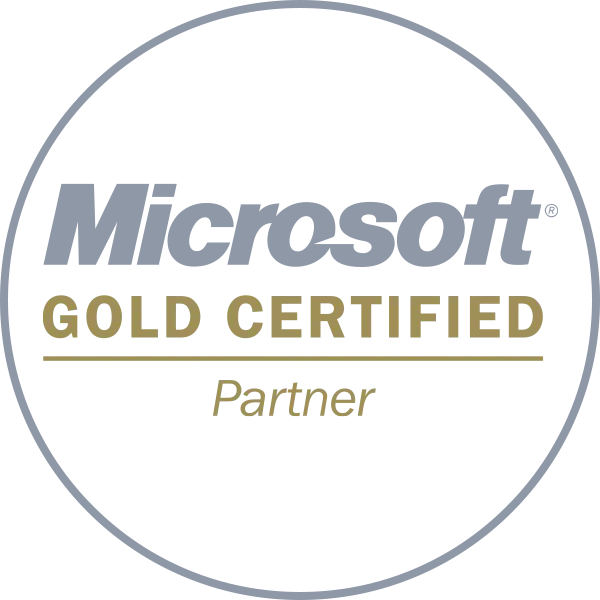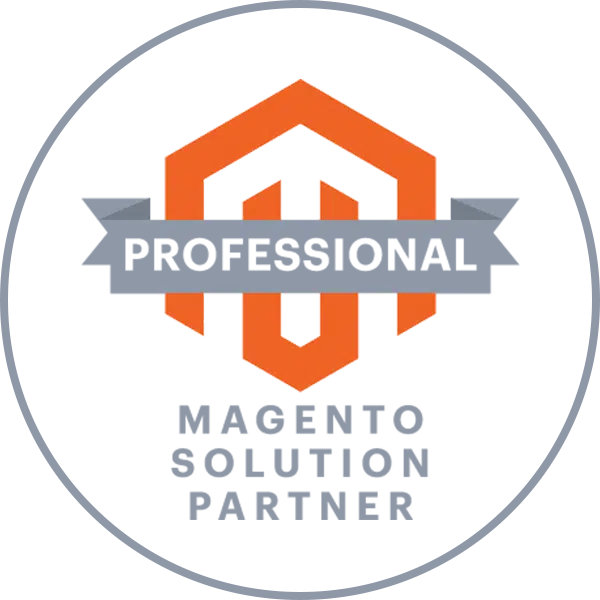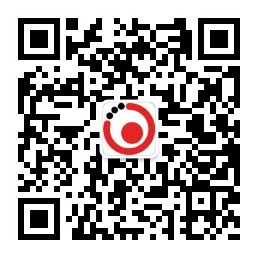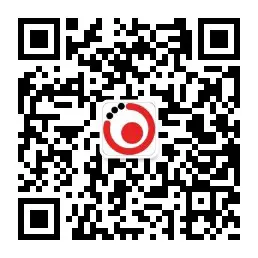My name is Richard, a software engineer at Shinetech, our team had been providing remote services to a client for over three years without ever meeting in person. Recently, we finally visited the client and worked on-site for two weeks.
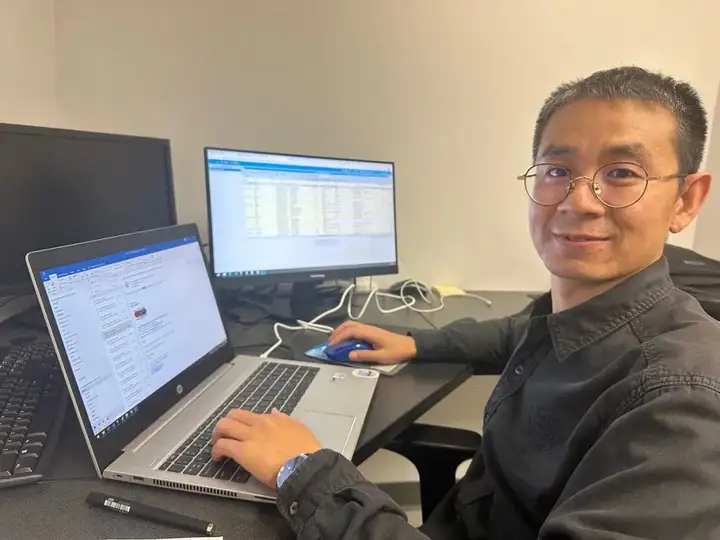
Challenges left by the retired CTO
The initial contact with the company was actually because their CTO was leaving. Being the only technical staff, his departure left them in a challenging position. The company, established in 1899, is a century-old business with a significant reputation in its industry, boasting clients with whom they have maintained relationships for over thirty to forty years. They have branches in major cities in China such as Shanghai, Shenzhen, and Hong Kong.
Marc, the main contact at the client and their long-standing boss with over 40 years at the company, reached out to us during the early outbreak of the COVID-19 pandemic in 2020. With the imminent departure of their CTO, who had been with the company for over 20 years and was their sole technical employee, they urgently needed someone to take over the existing systems and maintenance.
The beginning of our project collaboration was fraught with difficulties and challenges. By the time they contacted us, their CTO had already announced his resignation, and by the time we confirmed our partnership, he had already left. Although the CTO had prepared numerous documents before leaving, relying solely on these to familiarize ourselves with and ensure the stable operation of the client’s system was still a significant challenge. Particularly since the system had been in development and operation for over 20 years, involving many systems and services that were new to us.
From a part-time role to establishing a full-time team
For over three years of collaboration, we had never met our client in person. Initially, to mitigate risks, the client recruited a local assistant in the United States to familiarize themselves with the system alongside us. Our team started with three part-time members who spent almost every evening in a one- to two-hour-long Zoom meeting with the client, primarily learning about their business, addressing urgent issues, and suggesting upgrades to their systems.
During the early daily Zoom meetings, our team gained considerable knowledge about the system and industry background from the client. Although the team initially worked part-time on the project, each member dedicated substantial time to proactive learning. We responded promptly to client-reported issues, even during holidays, providing immediate feedback and adjustments to resolve them. The client’s enthusiasm for their work was infectious, fostering a closer relationship between us.
As our familiarity with the system grew, we adjusted the meeting frequency to once a week. Additionally, daily email communication became extensive. Since we were also responsible for maintaining the client’s systems, and considering the time difference between our locations, we provided the client with our personal phone numbers for emergency contact. Gradually, we established initial trust with the client, and our team transitioned from three part-time members to four full-time members.
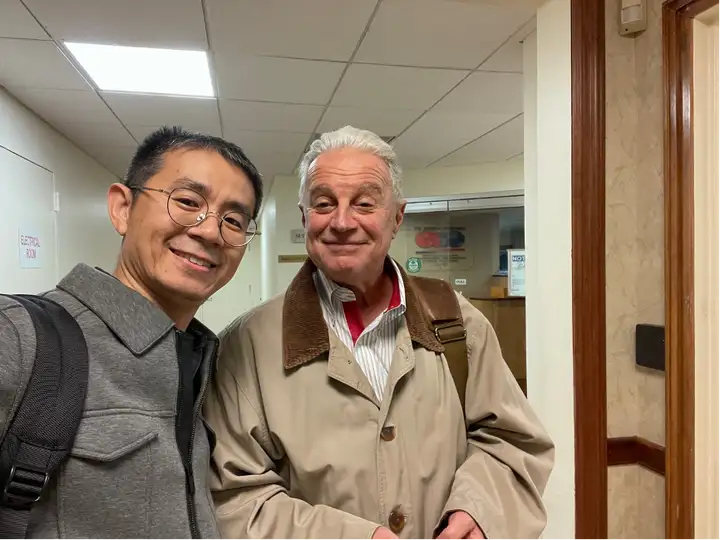
Building a Stronger Bond
Initially, the client had expressed a desire for us to work on-site for a designated period. However, due to the pandemic, this plan had not come to fruition. Last year, Marc proposed a business trip to Hong Kong and hoped that, if feasible, we could arrange a meeting there. Yet, amid various restrictions, the client ultimately switched the location to Singapore, and the meeting did not materialize.
In early 2023, as the pandemic receded, the client reiterated their invitation for us to visit their site, and this time the trip was successful. We spent two weeks on-site. Marc, the company’s senior boss, whose age is comparable to our parents’, personally drove over 70 kilometers to pick us up from the airport late on a Saturday night. He waited for over two hours outside the airport due to the extensive immigration procedures, a gesture of care that deeply touched us.
Marc resides with his wife in their spacious house, which also hosts two serene, elderly Beagles, contributing a warmth to our stay. The two weeks spent at the client’s company not only deepened our understanding of the client’s industry but also yielded numerous additional benefits. We participated in social activities both within and outside the company, including family gatherings, colleague meetups, and a friend’s birthday party. These warm and intimate arrangements allowed us to more fully immerse ourselves in the culture and ambiance of the client and their company. They also broadened our network, enabling us to meet face-to-face with colleagues from the client’s team we had frequently communicated with but had never met, as well as some of the client’s friends. This expanded our personal connections beyond the professional realm, facilitating future collaboration.
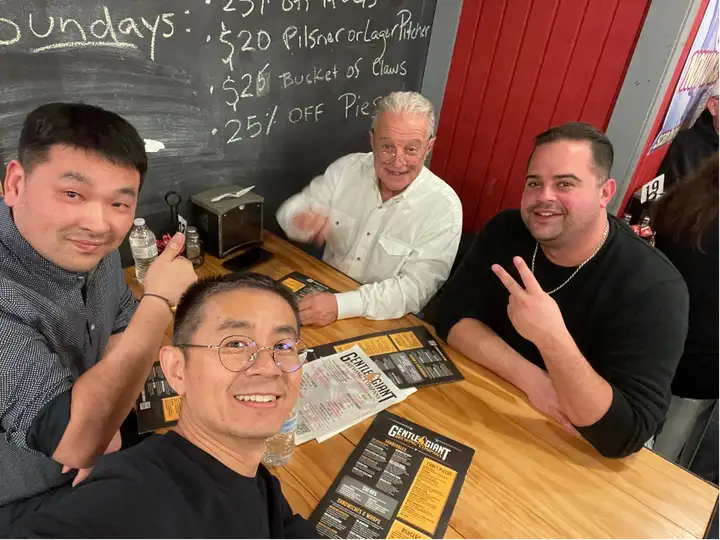
Moreover, staying in the client’s home, we engaged in diverse discussions over dinner, encompassing topics on cultural and values differences between China and the US. This provided us with more profound insights into the client’s family and local culture, establishing a foundation for a closer collaborative relationship. Dining with the family and taking part in their gatherings helped us integrate into the client’s life, enhancing the depth of communication and comprehension.
The most significant realization during this process was observing a corporate culture at the client’s company that strongly mirrored Shengander’s familial ethos. In this environment, work was not merely a task but rather an opportunity to contribute to the prosperity of the “family.” This experience made it evident to me that a commendable corporate culture transcends business matters; it involves mutual respect, understanding, and care among individuals. Such a cultural atmosphere brings increased joy and contentment to the workplace, fortifying and maintaining our cooperative relationship.
Upon returning from the client visit, colleagues often inquire about my experience. My takeaway is that, while working on-site, where interruptions by the client or their staff can occur at any moment, making it challenging for our team to allocate uninterrupted time to address project issues, the benefits are undeniably significant. Furthermore, I believe that before meeting with the client, it’s crucial for both parties to clearly define the topics of discussion, ensuring the meeting is focused and productive. Regardless of how many times we have had phone calls or video conferences with the client before, face-to-face meetings in the real world play a vital role in building trust. This is because they allow for a deeper understanding of each other’s values, attitudes, and work methods. Such interactions foster a more positive, resonant, and effective collaboration.
